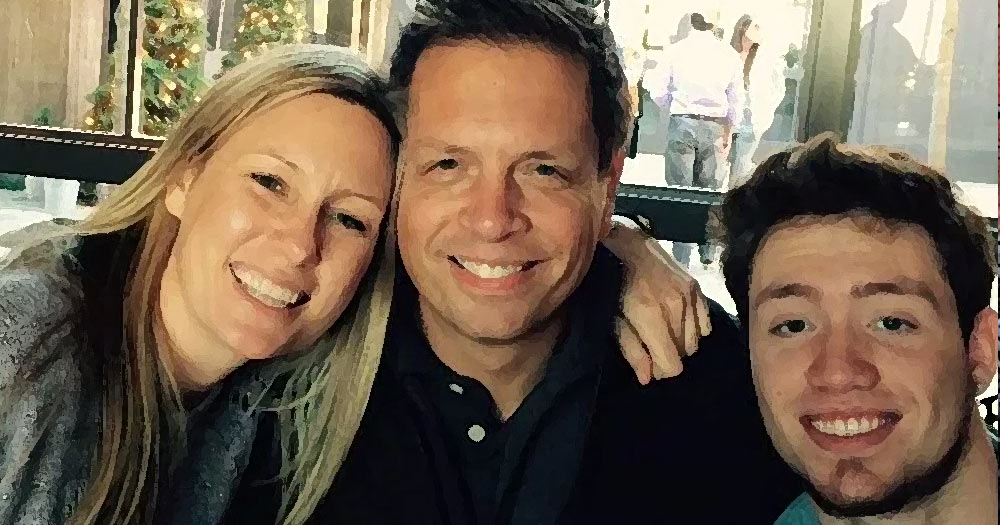In Minneapolis’s Fulton neighborhood a makeshift memorial has sprung up. Amidst flowers, a handwritten sign reads, “Why did you shoot and kill our neighbor?”
Police have yet to offer public comment on the police shooting of Justine Damond, the Australian woman killed in the alley behind her home last Saturday night.
“Sadly, her family and I have been provided with almost no additional information from law enforcement,” Justine’s fiancé, Don Damond,* told reporters, “regarding what happened after police arrived.”
The Minnesota Bureau of Criminal Apprehension has launched an investigation, but not yet interviewed the two officers at the scene, the only known witnesses. The officers had been responding to Justine’s 911 call reporting what sounded like a sexual assault.
No gun was found on Justine; a woman in her pajamas otherwise doesn’t seem very threatening.
Local media identified Mohammed Noor, a Somali-American, as the police officer who fired the bullet that killed Damond. Noor has been on the force since March 2015 and has two previous complaints pending.
Most frustrating, the Washington Post reports that “the officers’ body cameras were not turned on” and … “It’s not clear why …”
Cameras do not work when turned off; public anger and angst are not ameliorated when we cannot see the body cam footage.
That’s why, back in April, we worked to pass a ballot initiative in Ferguson, Missouri: (a) mandating that police must actually turn on the body cameras they were “using” (after similar incidents, wherein Ferguson police claimed their cameras hadn’t been activated) and (b) setting rules for public access to the video.
The people of Minneapolis, likewise, deserve a more professional police force. Making that happen means taking the initiative: citizens reforming criminal justice policies at the ballot box.
This is Common Sense. I’m Paul Jacob.
* Justine had already taken her fiancé’s last name, even though they were set to marry next month. Her legal name remains Justine Ruszczyk.


7 replies on “Left Wondering Why”
This shooting raises several questions.
The answers can and should be sought now, not wait for an incident report.
First, why was this man hired in the first place?
What is the departmental hiring process?
Is it task based or was this man advanced based on other considerations?
The next question is “what sort of training and/or discipline did he learn in their police “academy”?
Then the next question is: Does the department have on-going “shoot/no shoot” training that replicates actual incidents, including racial features, that their department faces regularly?
Under the civil law of res ipsa, the fact that the officer fired without cause is enough to force an inquiry into all of the above.
Larry Stirling
Former police operations analyst.
Too tragic to believe
It’s not the “professional part” that worries me…it’s the terrorist infiltrated part.
I thought there was already a requirement that the body cams be turned on, but the police didn’t follow this procedure. All the laws in the world won’t matter if they are not adhered to.
I understand that Mr. Noor has refused to speak to investigators. Would you or I get that same privilege? The latest story is that they were speaking to this woman and a firecracker went off. The officer panicked and shot her. At the very least, this man seems unfit to be a policeman. He endangered his partner and he put others at risk. Don’t police have a period of probation before being permanently on the force? Is the public being endangered in the name of diversity?
Or maybe the body cameras WERE turned on but what they showed was so incriminating against the officers that the police chief just said that they had not been turned on.
Affirmative action run amok.
Body cams and dash cams should be activated at shift’s beginning, with no way for them to be turned off in the field.
Footage should be livestreamed to publicly accessible servers.
Public servants have no expectation of privacy while on duty.